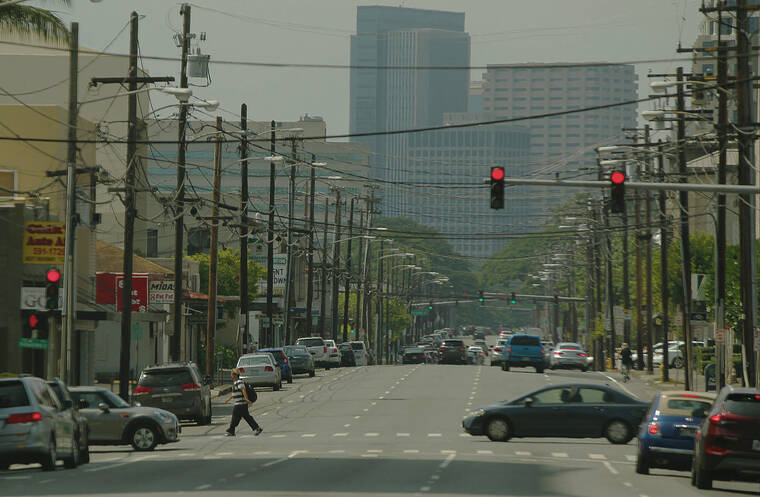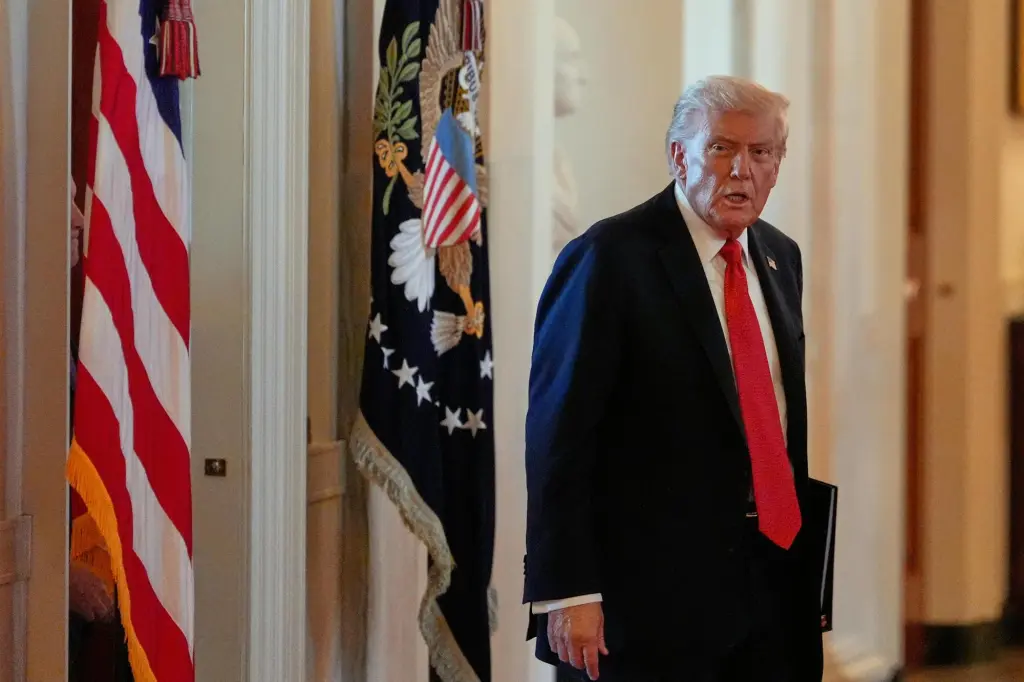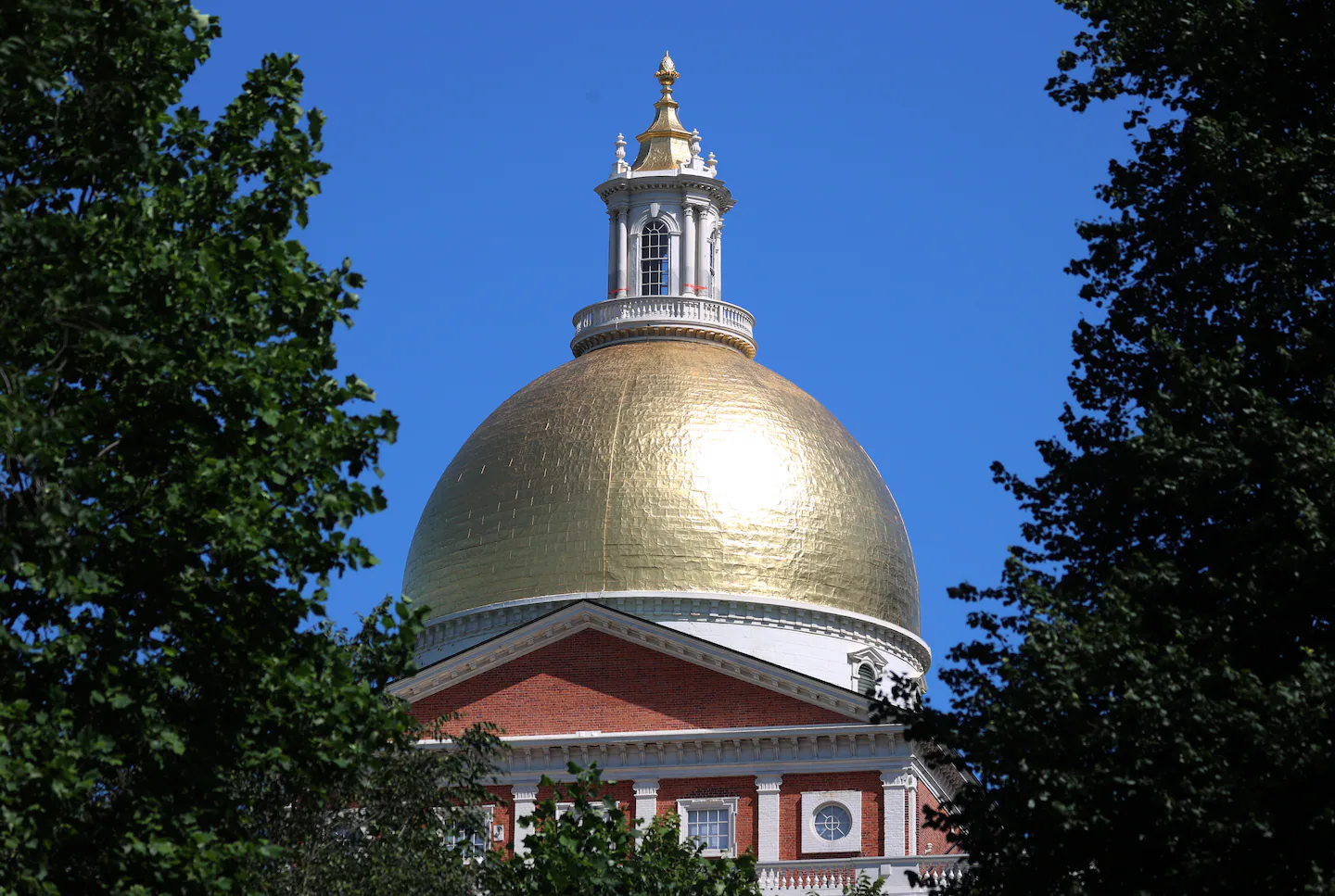Copyright staradvertiser

All Hawaii residents are incurring increasing costs because we have accepted our government’s position on the debate about the science of climate change. Laws already passed or being considered are expensive, and we pay through our utility bills and tax dollars. We need to look at the two primary viewpoints in terms of practicality and cost. On one side, we have supporters of the climate narrative: human-caused emissions of carbon dioxide (CO2) are causing rising global temperatures, resulting in severe weather. Their solution is to eliminate our CO2 emissions, leading to Hawaii’s “100% renewable” and “net zero emissions” laws. The other side agrees that the climate is currently warming, is always changing, and although human CO2 emissions are part of the cause, questions remain as to how much global warming is human-caused and how dangerous it is. They maintain that rising CO2 is mostly natural, that there are many factors involved, and that our policies should not focus primarily on costly attempts to eliminate CO2 emissions. When we look at the big picture, we need to realize that it really doesn’t matter who wins that intellectual argument. If we could eliminate all our CO2 emissions here in Hawaii, it would have virtually no impact on global atmospheric temperatures or climate. Our part of the total is much too small: some 3/100ths of 1% of global emissions. The same is true if we were to burn all the fossil fuels that we want, accepting the resulting CO2 emissions. Again, there would be no noticeable impact to the global climate — our part of the total is just too small. Whatever we do will not affect the global climate or Hawaii’s weather — it just won’t matter. What we need are policies that not only provide inexpensive, reliable energy but which also enable realistic local adaptation to whatever the world’s climate brings us. Hawaii’s government has directed conversion to renewable energy sources in order to eliminate our CO2 emissions, creating departments and commissions to plan the conversion and mitigation/adaptation efforts. The goal is to protect our citizens from the supposed weather/climate catastrophes predicted by computer models — models that have been shown to be greatly exaggerated. There will be those that argue that “100% renewable” and “net zero emissions” are morally the right thing to do — “if we’re not willing to change, how can we leave it to others worldwide to do so?” Oh, the guilt. But we suggest a local perspective on morality; to quote a recent letter-to-the-editor writer, “legislators should set priorities to better the lives of the people of Hawaii.” Is a policy against clean- burning and less-expensive natural gas (shipped to Hawaii as liquefied natural gas) morally the right thing to do? That policy is costing Oahu ratepayers at least $1 billion per decade. Hawaiian Electric’s current preferred plan for 100% renewable on Oahu calls for utility solar farms, which will likely require some 13,000 acres of land — land badly needed for housing. The plan also calls for 21% of Oahu’s power coming from unsightly floating windmills. Are these morally the right things to foist on our beleaguered residents? We have two logical options: 1) Continue using computer model predictions, making plans, laws and budgets to eliminate CO2 emissions in hopes that will somehow protect us from future weather; or 2) reduce CO2 emissions to the maximum extent practical, giving consideration to cost, prudent land use and visual blight, and then budget for adaptation efforts. Our view is that the former is foolhardy while the latter is sensible. Again, very little of what we do in Hawaii will impact global temperatures or climate change. The longer we focus on the intellectual debate and not on developing practical policies, the longer nobody in Hawaii wins. Retired U.S. Air Force meteorologist John Kim and retired businessman Ed MacNaughton represent the Practical Policy Institute of Hawaii.



